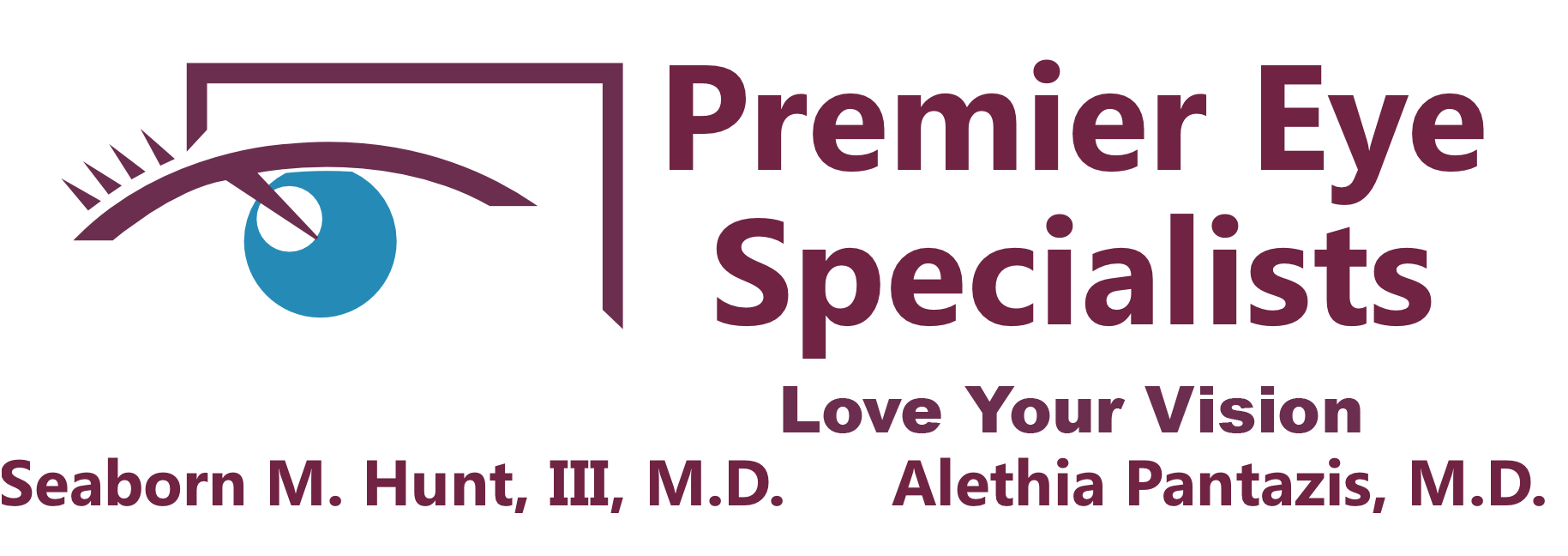Astigmatism
What are your eye surgery or care options for correcting astigmatism?
If you depend on eyeglasses, you may have experienced the inconvenience of not being able to find your glasses when you really need them. Eyeglasses are easily lost or damaged, expensive to replace, and inconvenient to clean and maintain. The more active you are, the more eyeglasses interfere with your lifestyle by complicating your participation in daily and recreational activities.
Many people do not like the “look” of glasses and prefer another type of vision correction, such as contact lenses. “Toric” contact lenses designed to correct astigmatism are an option; however, some users find them uncomfortable and experience difficulty in adjusting to wearing them.
There are several surgical options your eye surgeon may choose to treat astigmatism, such as LASIK laser vision correction, astigmatic keratotomy (AK), or limbal relaxing incisions (LRI). However, if you are planning to have eye surgery to remove a cataract, you now have an additional option… an implantable lens that makes it possible to treat the cataract and correct the corneal astigmatism at the same time. Your eye doctor will recommend the option that is best for you.
AcrySof® Toric Lens: A better option for quality distance vision
Eye surgery to treat cataracts is an outpatient procedure where an eye surgeon removes the clouded natural lens and replaces it with an artificial lens. Traditionally, the surgeon implants a monofocal artificial lens, commonly called an “intraocular lens” (IOL). If you have astigmatism, however, you may still experience blurred and distorted vision because a standard IOL cannot correct corneal astigmatism. To achieve quality distance vision with a standard IOL, you may still require eyeglasses, contact lenses, or further eye surgery.
If freedom from eyeglasses for distance vision is important to you, you now have a better option. The unique design of the AcrySof® Toric lens provides significantly improved distance vision and may reduce the need for corrective lenses.
What would you do if you had QUALITY distance vision without the hassle of corrective eyewear?
- Travel?
- Sports?
- Enjoying the Outdoors?
- Sightseeing?
- Hobbies?
- Respond more spontaneously to life’s opportunities?
- SEE your best… BE your best
How The Eye Sees, and Sometimes Doesn't See
The Normal Eye:
When the surface of a normal eye’s cornea has a spherical curve like the shape of a basketball, light rays passing through it bend toward its center and focus on one spot.
Astigmatism:
Sometimes, the surface of the cornea is curved more like a football, with both flatter and steeper curves. When the surface of the cornea has an uneven curvature, vision becomes distorted. This common irregularity, called “corneal astigmatism,” causes blurred or distorted vision because light rays are not focused at one spot to provide clear vision.
A person who has both a cataract and a corneal astigmatism will not regain high-quality distance vision after surgery to remove the cataract unless the astigmatism is also corrected.
If you have cataracts, ask your doctor if you are a candidate for the AcrySof® Toric IOL lens that can help you break free from astigmatism and may allow you to enjoy quality distance vision without eyeglasses or contact lenses.
CAUTION: Federal law restricts this device to sale by or on the order of a physician.
INDICATIONS: ACRYSOF® Toric Intraocular lenses are intended for implantation in the capsular bag of the eye for the visual correction of aphakia and pre-existing corneal astigmatism secondary to the removal of a cataractous lens in adult patients with or without presbyopia, who desire improved uncorrected distance vision, reduction of residual refractive cylinder and increased spectacle independence for distance vision.
WARNINGS: You, as the patient, should consult your eye care provider for full disclosure of risk and benefits of cataract surgery and lens choices.
PRECAUTIONS: As with any surgical procedure, there are risks involved including visual disturbances and secondary surgical intervention. The effect on vision of the ACRYSOF® Natural IOL in subjects with hereditary color vision defects and acquired color vision defects secondary to ocular disease (e.g., glaucoma, diabetic retinopathy, chronic uveitis, and other retinal or optic nerve diseases have not been studied.)
Follow Us
Seaborn M. Hunt III MD |
3220 SW 31st Road, Ocala, FL 34474
|
352-873-7200
Premier Eye Specialists |
11938 County Road 101 Ste 130, The Villages, FL 32162 |
352-571-6485
Proudly Serving The Villages , FL and Ocala, FL

Follow Us
Premier Eye Specialists
3220 Southwest 31st Road Ste 301
Ocala, FL 34474
352-873-7200

